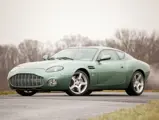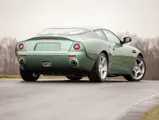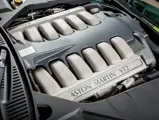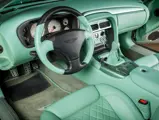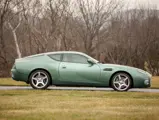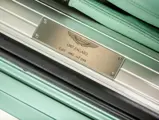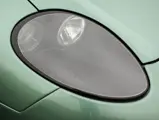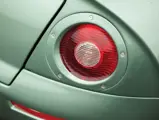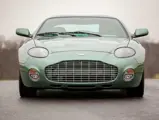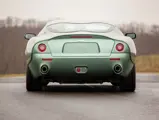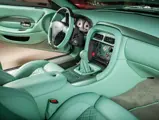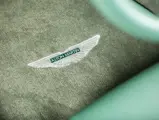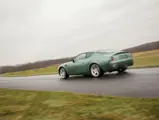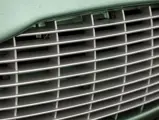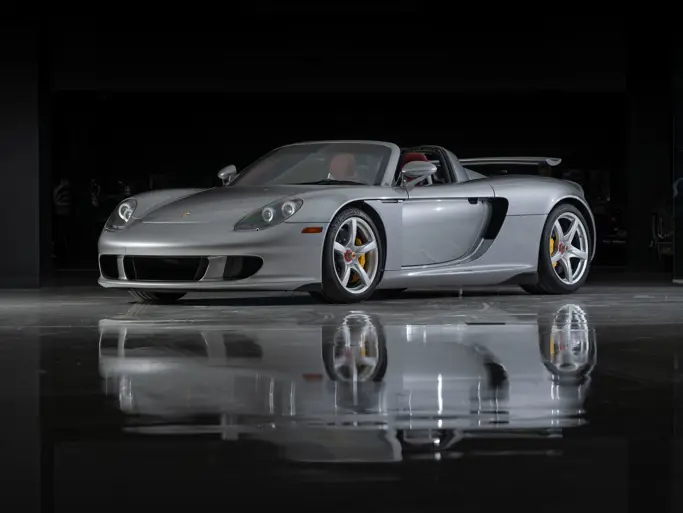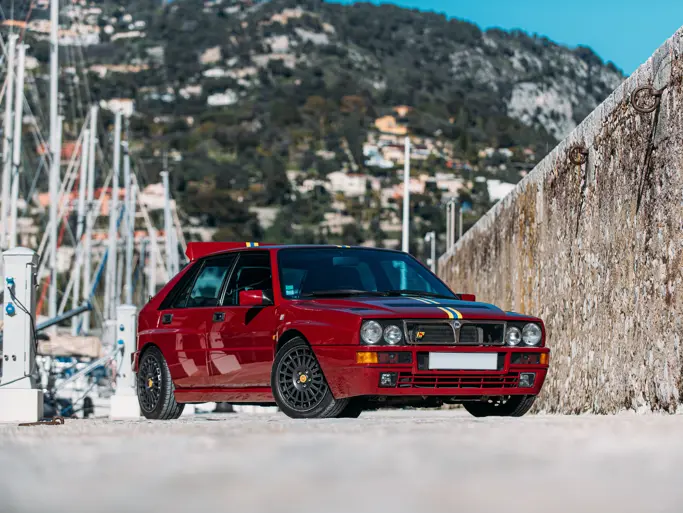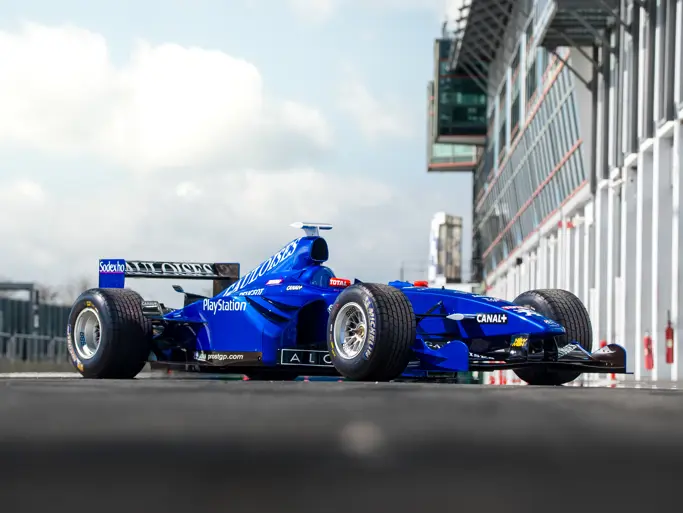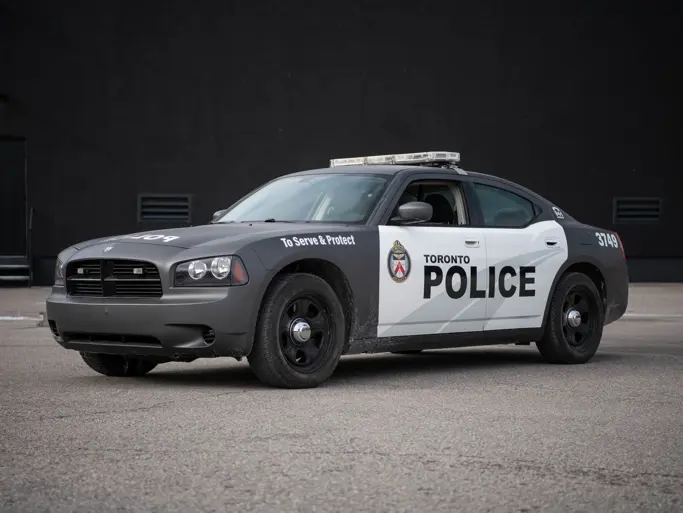Arizona 2015
2003 Aston Martin DB7 Zagato
{{lr.item.text}}
$330,000 USD | Sold
 | Phoenix, Arizona
| Phoenix, Arizona
{{internetCurrentBid}}
{{internetTimeLeft}}

- The 40th of 99 examples produced
- Single ownership and less than 500 miles from new
- Finished in stunning Aston Martin Green (Code 1959)
435 bhp, 5,935 cc V-12 engine with four overhead camshafts and four valves per cylinder, six-speed manual transmission with a twin-plate racing clutch, four-wheel independent suspension, and four-wheel Brembo disc brakes. Wheelbase: 100 in.
Zagato and Aston Martin first crossed paths in 1960 with the DB4GT Zagato, which was an exquisitely beautiful restyling of Aston Martin’s already potent and attractive DB4 GT. The car, bodied in feather-light aluminum, stole the show at the 1960 London Motor Show and only 19 examples were produced. To this day, they are considered to be the most valuable Aston Martins ever produced, commanding a substantial premium over standard DB4s and even the DB4GT.
The DB4GT Zagato proved to be a largely influential car for both Aston Martin and Zagato, and some of the design cues first seen on the DB4GT Zagato found their way onto future Astons. Despite all the car did for both companies, Aston Martin and Zagato would only team up twice more over the next 40 years, once in 1985 for the V8 Vantage Zagato and again in 2002 for the DB7 Zagato.
The DB7 Zagato, the result of a collaboration between Andrea Zagato and Aston Martin’s then-chief designer Henrik Fisker, was introduced to great acclaim at the Paris Motor Show in 2002. Just like the DB4GT Zagato, the car retained Aston Martin’s traditional grille, but it was larger than that of the standard DB7. Single round taillights were fitted to the rear, as well as a drop-down boot lid sloped downward from Zagato’s trademark “double bubble” roof and a similarly sculpted rear window. Special five-spoke alloy wheels helped to round out the appearance. The car’s interior was equally lavish and upholstered with a special aniline leather with a quilted seat, making the interior a touch more luxurious overall.
Aside from the styling differences, the DB7 Zagato sported a chassis that was shortened by 151 millimeters and a wheelbase shortened by another 60 millimeters over the standard DB7 chassis. This helped to reduce the car’s front and rear overhangs, and it also cut nearly 130 pounds of weight from the car all together, allowing for slightly increased performance over the standard DB7.
The DB7 Zagato was an instant classic upon its premiere. It was instantly recognizable as an Aston Martin but still carried many trademark Zagato design features, and unlike the standard DB7 and similar to the DB4GT Zagato that inspired it, it was to be a truly limited-production automobile. Only 99 examples would be produced, being allocated only to European, Asian, and British markets, leaving many potential owners pining at a chance to own one of the most significant Aston Martins ever produced.
The DB7 Zagato presented here is a spectacular example of its breed. It is the 40th example of the 99 produced by the factory, and it is finished in the same shade of green that was seen on the DBR1 that took 1st overall at the 1959 24 Hours of Le Mans, which was driven by Carroll Shelby. This car is absolutely breathtaking in person. The paint only works to accentuate the car’s stunning Zagato coachwork and links it to one of the most historically important Aston Martins ever built. The same theme is carried out in the interior of the car, which is finished in an equally attractive and eye-catching mint green.
Even though the car left the factory over a decade ago, it is presented in showroom-quality condition today. It has been preserved for its entire life in a large collection of collector cars, having travelled less than 50 miles from new, and it has only been subjected to the finest care throughout its life. The paintwork is flawless and shines bright, and the leather interior shows no scuffs or creases whatsoever.
While the DB7 was considered by many to be one of the most attractive Aston Martins ever produced, the DB7 Zagato showed that there was certainly room for improvement. Although it retains special coachwork, the design is still quintessentially Aston Martin. With just 99 examples produced, they are seldom seen around the world, especially so in North America, where they were never offered for sale. As such, it is a rare occurrence when one becomes available for purchase in North America, and it is an occasion unlikely to repeat itself for quite some time. This example needs nothing and would be an ideal addition to any collection of Aston Martins. It would certainly look stunning parked next to the DB4GT Zagato that was its inspiration.

